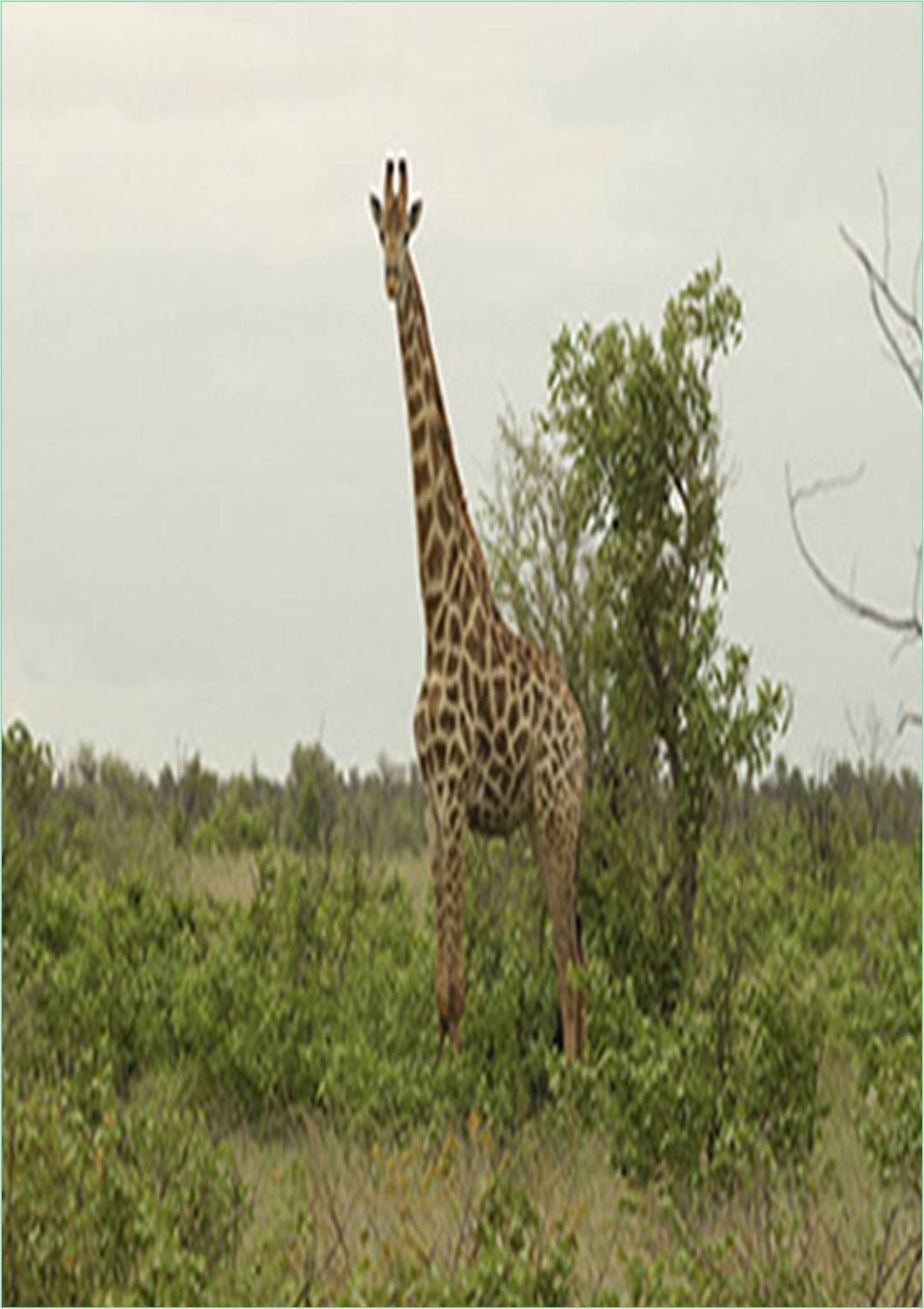



Received: 02-Feb-2022, Manuscript No. GJAEB-22-59887; Editor assigned: 04-Feb-2022, Pre QC No. GJAEB-22-59887(PQ); Reviewed: 18-Feb-2022, QC No. GJAEB-22-59887; Revised: 23-Feb-2022, Manuscript No. GJAEB-22-59887(R); Published: 02-Mar-2022, DOI: 10.15651/GJAEB.22.10.05-06
Animal husbandry is the branch of agriculture related with animals that are raised for meat, fibre, milk, or other products. It comprises day-to-day care, selective breeding and the levitation of livestock. Husbandry has a long history, beginning with the neolithic revolution when animals were first domesticated, from around 13,000 BC onwards, predating farming of the first crops. By the time of early civilisations for example ancient Egypt, cattle, sheep, goats and pigs were being raised on farms. Major alterations took place in the Columbian exchange when Old World livestock were brought to the New World. A wide range of other species for example horse, water buffalo, llama, rabbit and guinea pig are used as livestock in some parts of the world. Insect farming, as well as aquaculture of fish, molluscs, and crustaceans, is prevalent. Modern animal husbandry count on on production systems adapted to the type of land available. Subsistence farming is being superseded by intensive animal farming in the more developed parts of the world, where such as beef cattle are kept in high density feedlots and thousands of chickens may be raised in broiler houses or batteries (Hasanah, 2020). On poorer soil for example in uplands, animals are often kept more extensively, and may be allowed to roam widely, foraging for themselves.
Most livestock are herbivores, except for pigs and chickens which are omnivores. Ruminants like cattle and sheep are adjusted to feed on grass; they can forage outdoors, or may be nourished entirely or in part on rations richer in energy and protein, such as pelleted cereals (Hmingthanzuala, 2016). Pigs and poultry cannot digest the cellulose in forage, and require other high-protein foods. Animal husbandry has a substantial impact on the world environment. Being a part of the animal–industrial complex, animal agriculture is the key driver of climate change, ocean acidification, biodiversity loss, and of the crossing of almost every other planetary boundary, in addition to killing more than 60 billion non-human land animals annually (Kuzminova, 2020). It is accountable for somewhere between 20 and 33% of the fresh water usage in the world, and livestock, and the production of feed for them, occupy about a third of the earth's ice-free land. Livestock production is a donating factor in species extinction, desertification, and habitat destruction (Lalhmunmawia, 2020). Animal agriculture subsidises to species extinction in various ways and is the primary driver of the Holocene extinction. Habitat is destroyed by clearing forests and converting land to grow feed crops and for animal grazing, while predators and herbivores are often targeted and hunted because of a perceived threat to livestock profits; for example, animal husbandry is responsible for up to 91% of the deforestation in the Amazon region. In addition, livestock create greenhouse gases (Mbassa, 2020). Cows produce some 570 million cubic metres of methane per day that responsible for from 35 to 40% of the overall methane emissions of the planet. Livestock is liable for 65% of all human-related emissions of the powerful and long-lived greenhouse gas nitrous oxide.
As a result, ways of mitigating animal husbandry's environmental impact are being studied. Strategies comprise using biogas from manure, genetic selection, immunization, rumen defaunation, outcompetition of methanogenic archaea with acetogens, introduction of methanotrophic bacteria into the rumen, diet modification and grazing management, among others. A diet alteration (with Asparagopsis taxiformis) allowed for a reduction of up to 99% of methane production in an experimental study with three ruminants.